The Regional Government of Castilla y León Completes the Restoration Work in Yew Woods at the Palencia and Leon Mountains and at Picos de Europa
20-12-2020
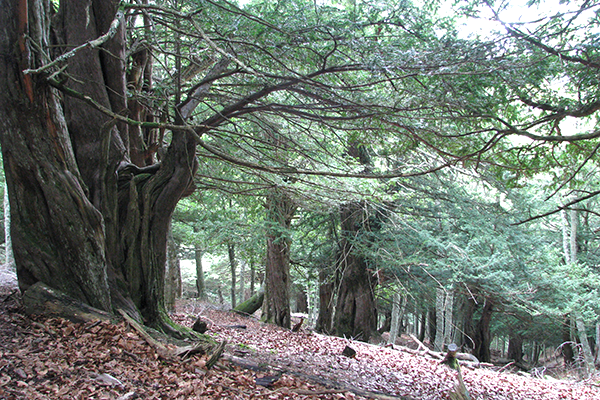
Photo 1. Tejeda de Tosande, where a large part of the work in Palencia has been carried out.
With this fall’s plantings, the Regional Government of Castilla y Leon has just completed three different projects spanning 2019-2020 for the improvement and restoration of the yew wood habitats at the Palencia and Leon Mountains, as well as at the Picos de Europa Regional Park for the amount of €77,065.66.
The characterisation study of the habitat (9580*) of community interest (HCI) ‛Mediterranean Taxus baccata Forests’, at the Cantabrian Mountain Range in Castilla y Leon made clear that taking actions in these areas is very important. According to this study, despite the wide experience gained in the Palencia Mountain at managing the habitat for conservation purpose, yew woods are subject to the strong competition of beech trees and to the large hoofed animals’ pressure, which result in a notorious shortage of regeneration. Going into the Central Mountain of Leon, one come across the shady Mediodía Mountain Range and the Bodón Beech Forest, as well as the surrounding massifs, which all together hold a great potential for the recovery of this habitat, although beech trees and herbivory represent a sturdy competition. Up to the Northeast of this province, in the natural environment of the Regional Park of Picos de Europa in Castilla y León, the environmental agents´ deep knowledge on these yew woods was documented. Thanks to this, previous actions were efficiently carried out, from which clear results are already obtained, e.g. exclusion fencing. The same steps should be taken in the Lillo Pine Forest and other stands, such as The Corva Baja.
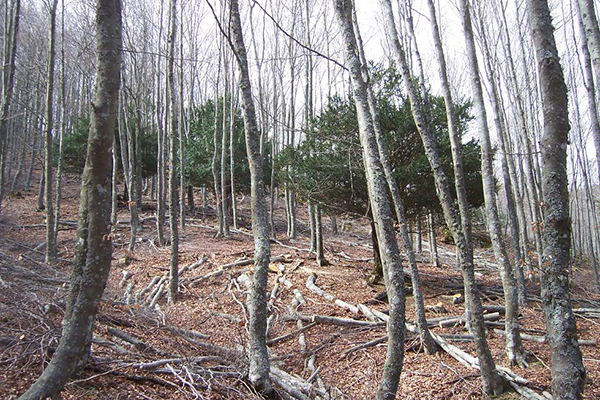
Photo 2. Opening made around yew trees through selective clearings on beech.
To this end, these three actions were implemented which, in the Palencia case, were focused on the SAC and SACB (Special Area of Conservation for Birds) ES4140011 ‵Fuentes Carrionas and Fuente Cobre – Palencia Mountain′. Actions consisted of a selective felling of 1 hectare of beech trees that competed with yew trees; the installation of 820-m hunting fence 1.5 meters high made of a simple-twist mesh; and repairing up to 2 km of a difference fence. Furthermore, up to 24.8 hectares were cleared manually in order to ease planting at some sites and as a way to reduce the risk of fire at others. Subsequently 900 seedlings of different yew neighbouring species were planted to a 2.0-hectare area. Along with these, 20 planting protecting systems from previous years were removed from the forests. Furthermore, up to 24.8 hectares were cleared manually in order to ease planting at some sites and as a way to reduce the risk of fire at others. Subsequently 900 seedlings of different yew neighbouring species were planted to a 2.0-hectare area. Along with these, 20 planting protecting systems from previous years were removed from the forest.
In the SAC ES4130050 ‵León Central Mountain′, space competition from beech trees was controlled thanks to low and light thinning in this species across 16.9 hectares plus the selective thinning made in 250 feet, applying girdling as the first choice. A 360-meter exclusion fence was installed to favour yew regeneration. Two types of plantings were used: connectivity planting between the main copses in 6.7 hectares and the enrichment planting in 0.1 hectare of the exclusion stands. To do so, yew, Scots pine, chequers, rowans, and hazelnut trees were used. As a protective measure against fires, manual and mechanical clearings were applied around the target stand as well as the nearby tracks across 0.2 hectares.
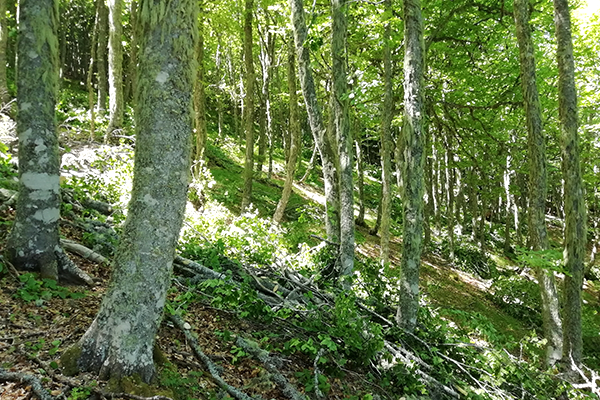
Photo 3: Low thinning to reduce competition to yew trees at the SAC ‵León Central Mountain′
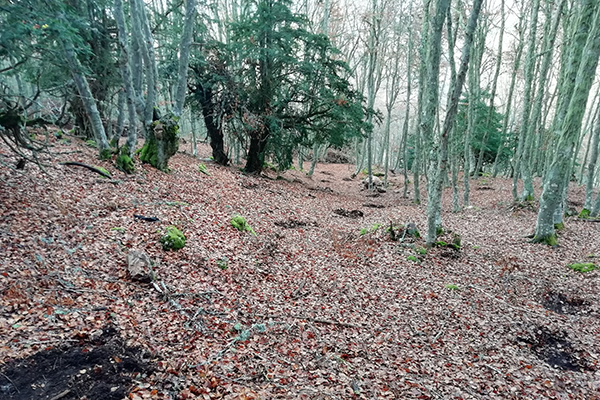
Photo 4: Regeneration of the existing yew
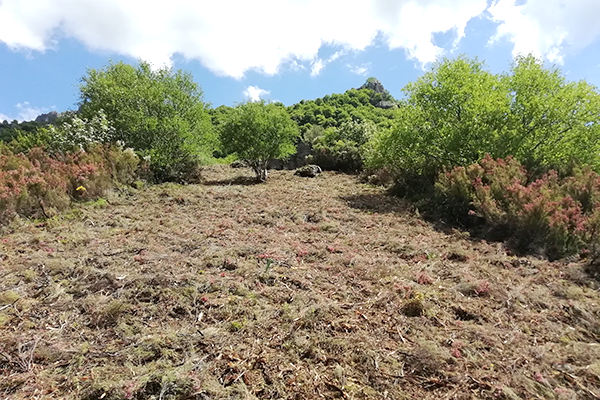
Photo 5: Cleared area surrounding the target stand.
With this fall’s plantings, the Regional Government of Castilla y Leon has just completed three different projects spanning 2019-2020 for the improvement and restoration of the yew wood habitats at the Palencia and Leon Mountains, as well as at the Picos de Europa Regional Park for the amount of €77,065.66.
The characterisation study of the habitat (9580*) of community interest (HCI) ‛Mediterranean Taxus baccata Forests’, at the Cantabrian Mountain Range in Castilla y Leon made clear that taking actions in these areas is very important. According to this study, despite the wide experience gained in the Palencia Mountain at managing the habitat for conservation purpose, yew woods are subject to the strong competition of beech trees and to the large hoofed animals’ pressure, which result in a notorious shortage of regeneration. Going into the Central Mountain of Leon, one come across the shady Mediodía Mountain Range and the Bodón Beech Forest, as well as the surrounding massifs, which all together hold a great potential for the recovery of this habitat, although beech trees and herbivory represent a sturdy competition. Up to the Northeast of this province, in the natural environment of the Regional Park of Picos de Europa in Castilla y León, the environmental agents´ deep knowledge on these yew woods was documented. Thanks to this, previous actions were efficiently carried out, from which clear results are already obtained, e.g. exclusion fencing. The same steps should be taken in the Lillo Pine Forest and other stands, such as The Corva Baja.

Photo 2. Opening made around yew trees through selective clearings on beech.
To this end, these three actions were implemented which, in the Palencia case, were focused on the SAC and SACB (Special Area of Conservation for Birds) ES4140011 ‵Fuentes Carrionas and Fuente Cobre – Palencia Mountain′. Actions consisted of a selective felling of 1 hectare of beech trees that competed with yew trees; the installation of 820-m hunting fence 1.5 meters high made of a simple-twist mesh; and repairing up to 2 km of a difference fence. Furthermore, up to 24.8 hectares were cleared manually in order to ease planting at some sites and as a way to reduce the risk of fire at others. Subsequently 900 seedlings of different yew neighbouring species were planted to a 2.0-hectare area. Along with these, 20 planting protecting systems from previous years were removed from the forests. Furthermore, up to 24.8 hectares were cleared manually in order to ease planting at some sites and as a way to reduce the risk of fire at others. Subsequently 900 seedlings of different yew neighbouring species were planted to a 2.0-hectare area. Along with these, 20 planting protecting systems from previous years were removed from the forest.
In the SAC ES4130050 ‵León Central Mountain′, space competition from beech trees was controlled thanks to low and light thinning in this species across 16.9 hectares plus the selective thinning made in 250 feet, applying girdling as the first choice. A 360-meter exclusion fence was installed to favour yew regeneration. Two types of plantings were used: connectivity planting between the main copses in 6.7 hectares and the enrichment planting in 0.1 hectare of the exclusion stands. To do so, yew, Scots pine, chequers, rowans, and hazelnut trees were used. As a protective measure against fires, manual and mechanical clearings were applied around the target stand as well as the nearby tracks across 0.2 hectares.

Photo 3: Low thinning to reduce competition to yew trees at the SAC ‵León Central Mountain′

Photo 4: Regeneration of the existing yew

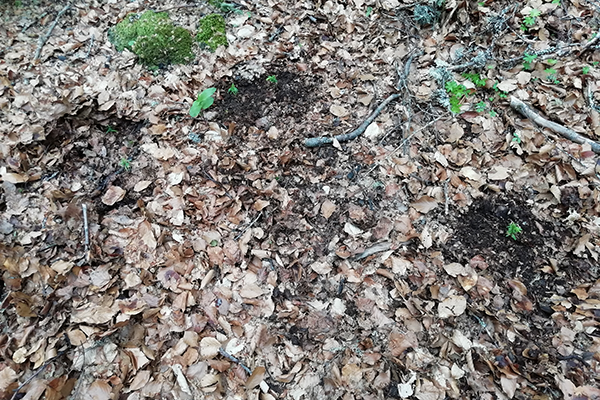 Photo 6: Regeneration of the existing yew.
Photo 6: Regeneration of the existing yew. Finally, in the SAC and SACB ES4130003 ‵Picos de Europa in Castilla y León′, located in the Regional Park with the same name, the low and light thinning work done to the existing beech trees spread across 25.0 hectares contributed to the access of light and new species. Moreover, beech direct competition to yew feet was reduced through selection thinning in 176 beech feet. In addition, the existing hunting fence was repaired by installing new poles and mesh along 150 meters in order to guarantee that the exclusion fence promoted yew regeneration. Finally, the risk of fire was reduced thanks to the scrub clearance of 0.7 hectares between a track and the targeted stand.
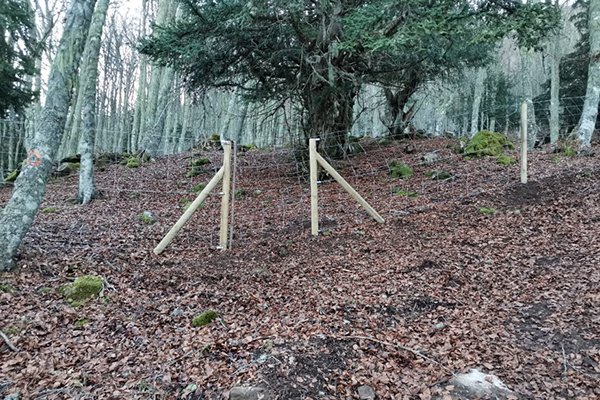
Photo 7: Repairing work to the hunting fence for the exclusion fencing. .
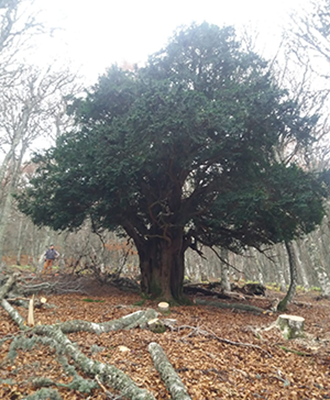
Photo 8: Selective clearing among beech trees surrounding an exceptional yew.



